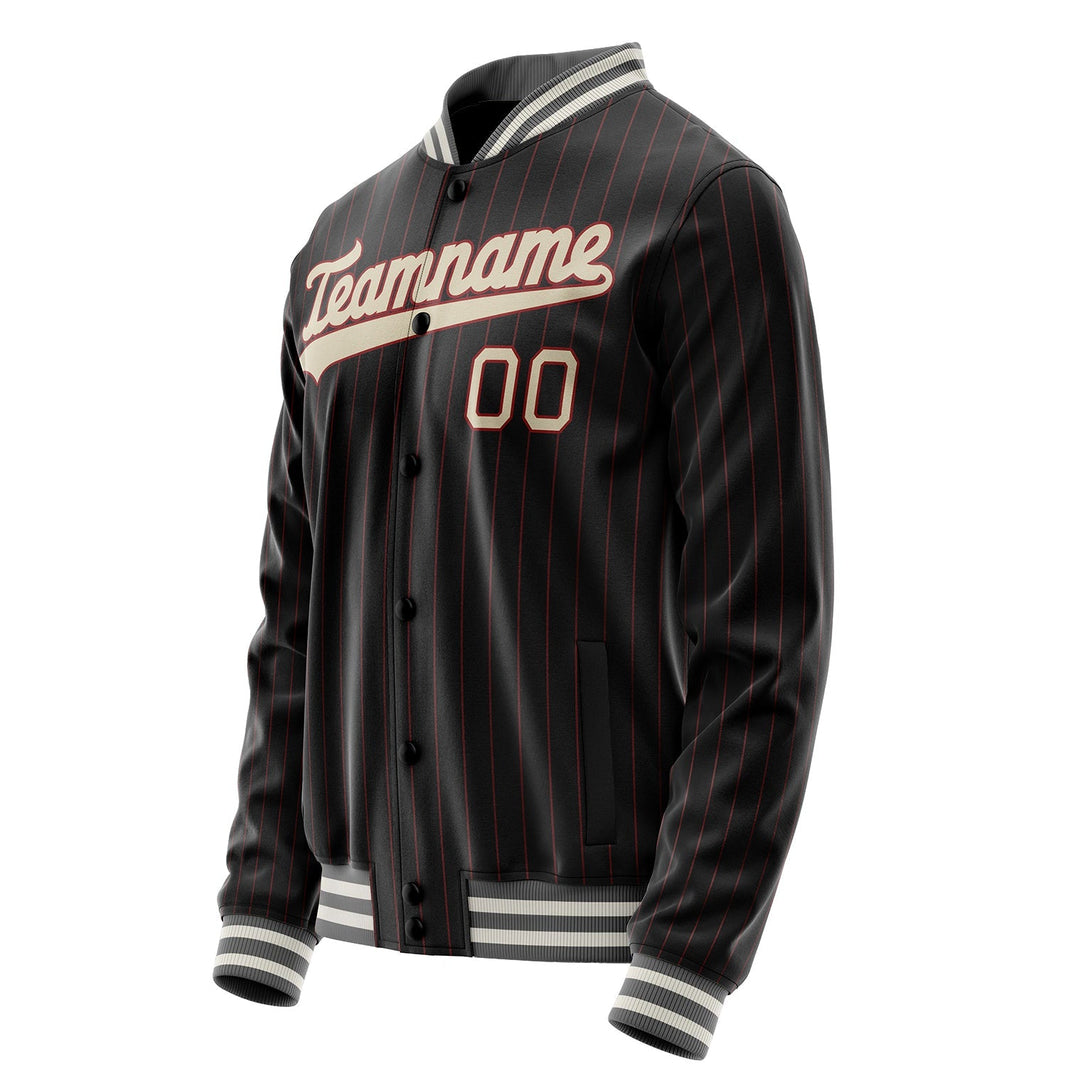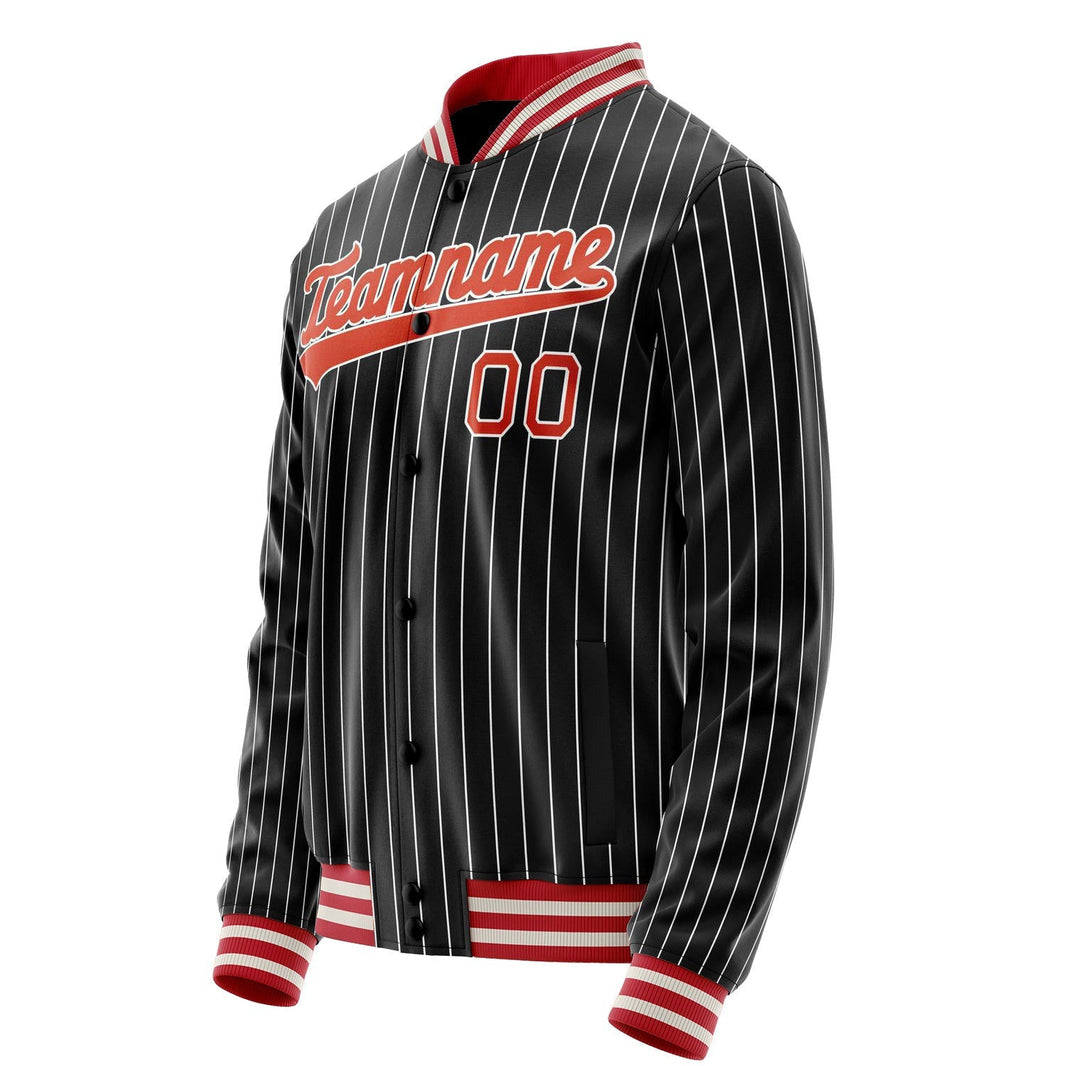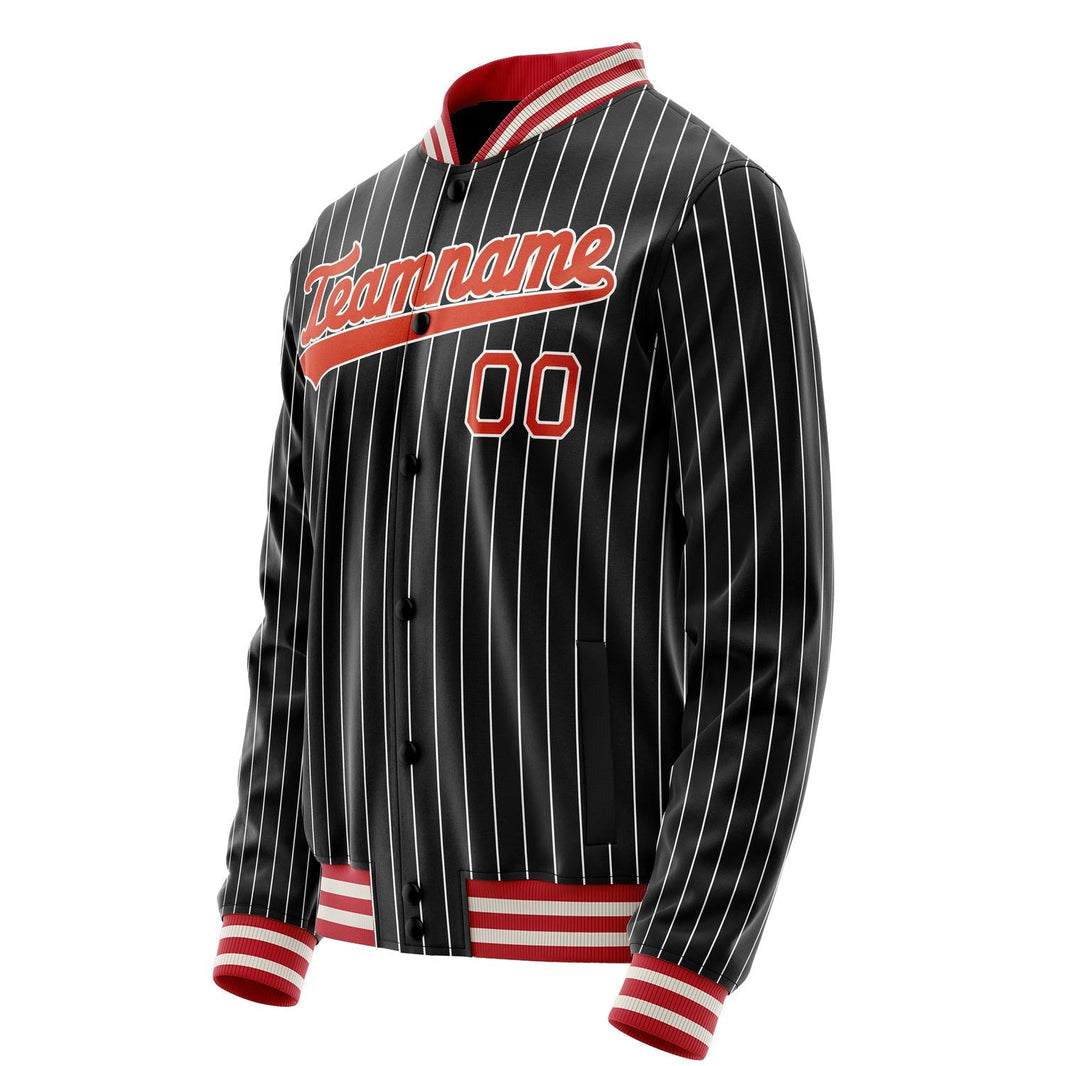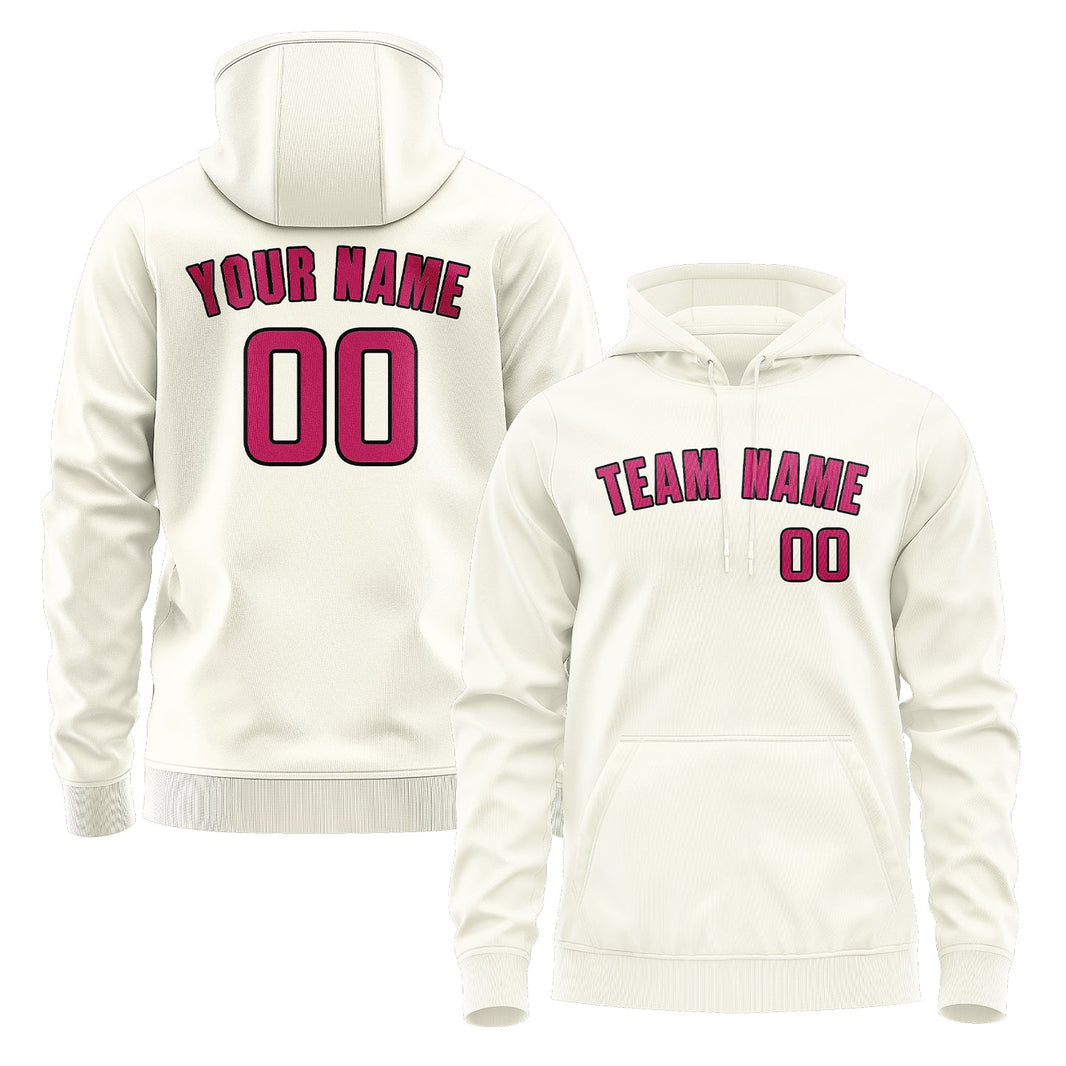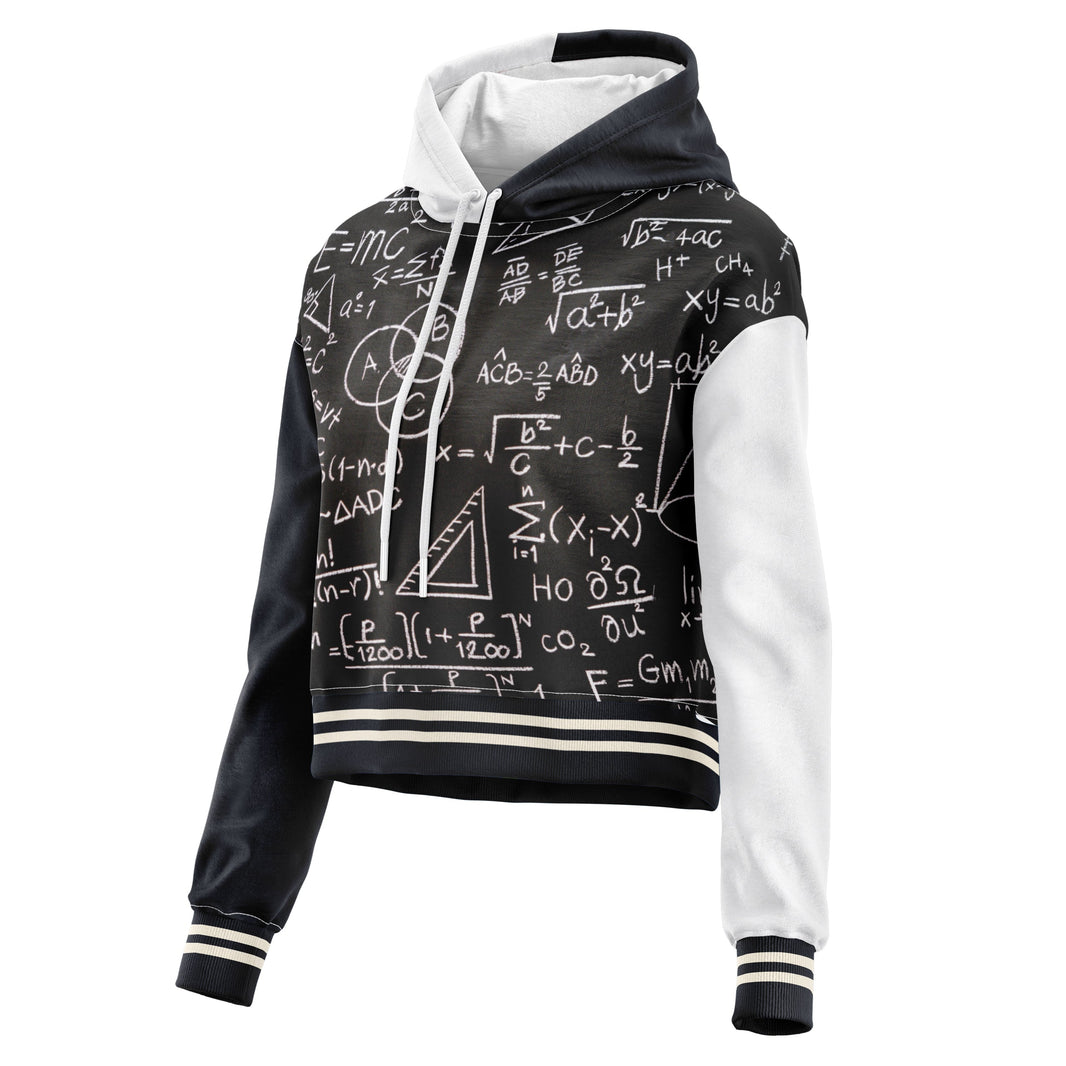Introduction: The Common Struggles of Soccer Fans
Imagine this: You’re in the middle of a high-energy match, sweating profusely under the sun. Your yellow soccer jerseys cling to your skin like a second layer, making every movement feel sluggish. Or worse—you notice a small tear after a tackle, leaving you worried about the durability of your favorite soccer jerseys yellow.
These aren’t isolated issues. Many soccer enthusiasts face similar dilemmas:
- “Why does my jersey feel suffocating during games?”
- “How do I prevent my white and gold soccer jersey from fading after a few washes?”
- “Is there a fabric that stays cool even in humid conditions?”
The answer lies in understanding the science behind soccer jersey materials. This guide will break down the top fabric choices, their strengths, and weaknesses—so you can make an informed decision whether you’re buying a yellow soccer jerseys for performance or style.
1. Polyester: The All-Rounder for High-Intensity Sports
Why It Works:
Polyester is the gold standard for modern soccer jerseys, and for good reason. Its synthetic fibers wick moisture away from the body, keeping you dry during intense matches. It’s also lightweight, durable, and resistant to wrinkles—making it ideal for athletes who demand both comfort and functionality.
Best For:
- Competitive players who need a jersey that can withstand rigorous movement.
- Fans who want a soccer jerseys yellow that stays vibrant wash after wash.
Pros:
- Breathability: Polyester’s open weave allows air to circulate freely.
- Quick-Dry: Moisture evaporates faster than cotton, reducing chafing.
- Durability: Resists pilling and stretching, even after frequent use.
Cons:
- Less Natural Feel: Some players find it less comfortable than cotton blends.
- Static Cling: Can stick to the body in dry conditions (mitigated by anti-static treatments).
Example Use Case:
A midfielder wearing a yellow soccer jerseys made of polyester will stay cool during a 90-minute match, even under the midday sun. The fabric’s moisture-wicking properties ensure sweat doesn’t weigh them down.
SEO Tip: If you’re searching for “ball jersey fabric which is most breathable,” polyester should top your list.
2. Recycled Polyester: The Eco-Conscious Choice
Why It Works:
For environmentally aware fans, recycled polyester offers the same performance benefits as traditional polyester but with a smaller carbon footprint. Made from recycled plastic bottles or textile waste, this fabric is gaining popularity among clubs and brands promoting sustainability.
Best For:
- Eco-conscious supporters looking for recycled polyester soccer jerseys.
- Teams aiming to reduce their environmental impact.
Pros:
- Sustainability: Diverts plastic waste from landfills.
- Performance: Matches traditional polyester in breathability and durability.
- Ethical Appeal: Appeals to fans who value planet-friendly choices.
Cons:
- Slightly Higher Cost: Recycling processes can make it pricier.
- Limited Availability: Not all brands offer recycled options yet.
Example Use Case:
A fan purchasing a white and gold soccer jersey made from recycled polyester can feel good about their choice, knowing they’re supporting sustainability without sacrificing quality.
SEO Tip: Looking for “recycled polyester soccer jerseys recommended”? Check out brands like adidas Parley or Nike Grind.
3. Cotton Blends: The Comfort King for Casual Wear
Why It Works:
Cotton blends combine the softness of natural fibers with the durability of synthetic materials. While pure cotton jerseys are rare (they tend to hold moisture), blends with polyester or rayon offer a balance of comfort and functionality.
Best For:
- Fans who want a soccer jerseys yellow for casual wear or low-intensity activities.
- Those with sensitive skin who prefer natural fabrics.
Pros:
- Softness: Feels gentle against the skin.
- Breathability: Natural fibers allow airflow.
- Style Versatility: Looks great off the pitch for everyday wear.
Cons:
- Slow Drying: Cotton retains moisture longer than synthetic fabrics.
- Less Durable: Prone to shrinking or fading if not cared for properly.
Example Use Case:
A supporter wearing a yellow soccer jerseys with a cotton-polyester blend to a watch party will stay comfortable all evening, even if they spill a drink—the blend resists stains better than pure cotton.
SEO Tip: If you’re debating “cotton vs polyester soccer jerseys,” consider your usage. Cotton blends excel for casual wear, while polyester dominates on the pitch.
4. Nylon: The Tear-Resistant Warrior
Why It Works:
Nylon is renowned for its strength and abrasion resistance, making it a top choice for jerseys that need to withstand rough tackles or outdoor conditions. It’s often blended with polyester to enhance durability without sacrificing comfort.
Best For:
- Players who need a soccer jerseys yellow that can handle rough play.
- Outdoor enthusiasts who play in all weather conditions.
Pros:
- Tear-Resistance: Withstands snags and pulls better than most fabrics.
- Lightweight: Doesn’t feel bulky despite its strength.
- Quick-Dry: Similar to polyester in moisture management.
Cons:
- Less Breathable: Can feel stuffy in hot climates.
- Prone to Pilling: Over time, friction may cause small balls of fabric to form.
Example Use Case:
A defender wearing a white and gold soccer jersey made of nylon-polyester blend will appreciate its ability to resist tears during slide tackles, ensuring the jersey lasts multiple seasons.
How to Choose Based on Your Needs
Still unsure? Here’s a quick cheat sheet:
| Fabric Type | Best For | Avoid If |
|---|---|---|
| Polyester | High-intensity sports | Eco-conscious purchases |
| Recycled Polyester | Sustainability-focused fans | Budget-sensitive shoppers |
| Cotton Blends | Casual wear, everyday comfort | Rainy or humid climates |
| Nylon | Rough play, outdoor conditions | Hot weather without ventilation |
Caring for Your Soccer Jersey: Pro Tips
No matter which fabric you choose, proper care extends its lifespan:
- Wash Cold: Heat can damage synthetic fibers and cause fading.
- Air Dry: Avoid tumble dryers to prevent shrinkage.
- Turn Inside Out: Protect prints and logos during washing.
- Avoid Fabric Softeners: They can clog the fibers and reduce breathability.
Final Thoughts: More Than Just Fabric
A soccer jersey is more than a piece of clothing—it’s a symbol of identity, pride, and passion. Whether you’re donning a yellow soccer jerseys to cheer for your team or a white and gold soccer jersey to represent your club’s heritage, the right fabric ensures you look and feel your best.
By understanding the pros and cons of polyester, recycled polyester, cotton blends, and nylon, you can make a choice that aligns with your values, needs, and style. So next time you’re shopping for a new jersey, remember: the fabric matters just as much as the design.


